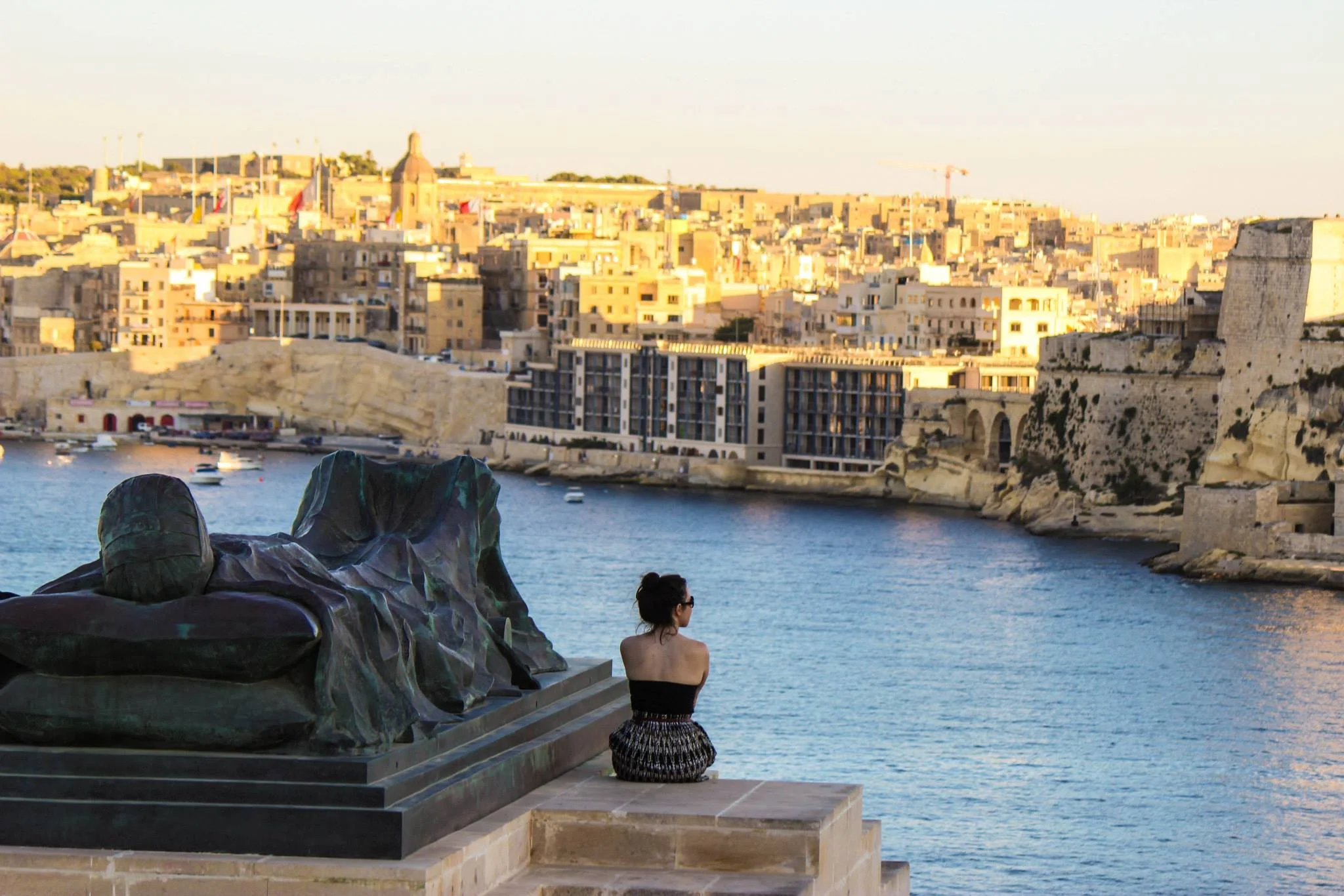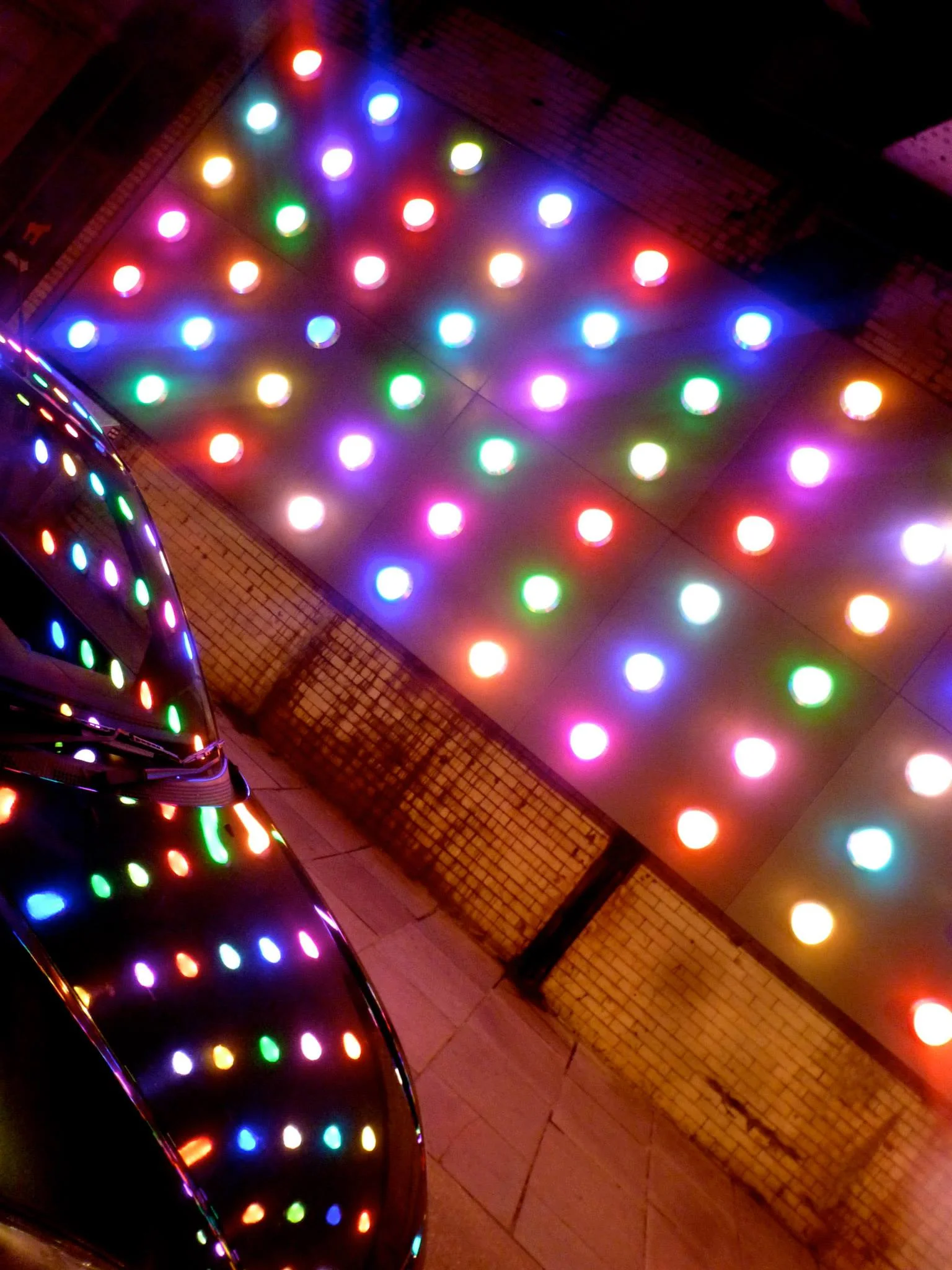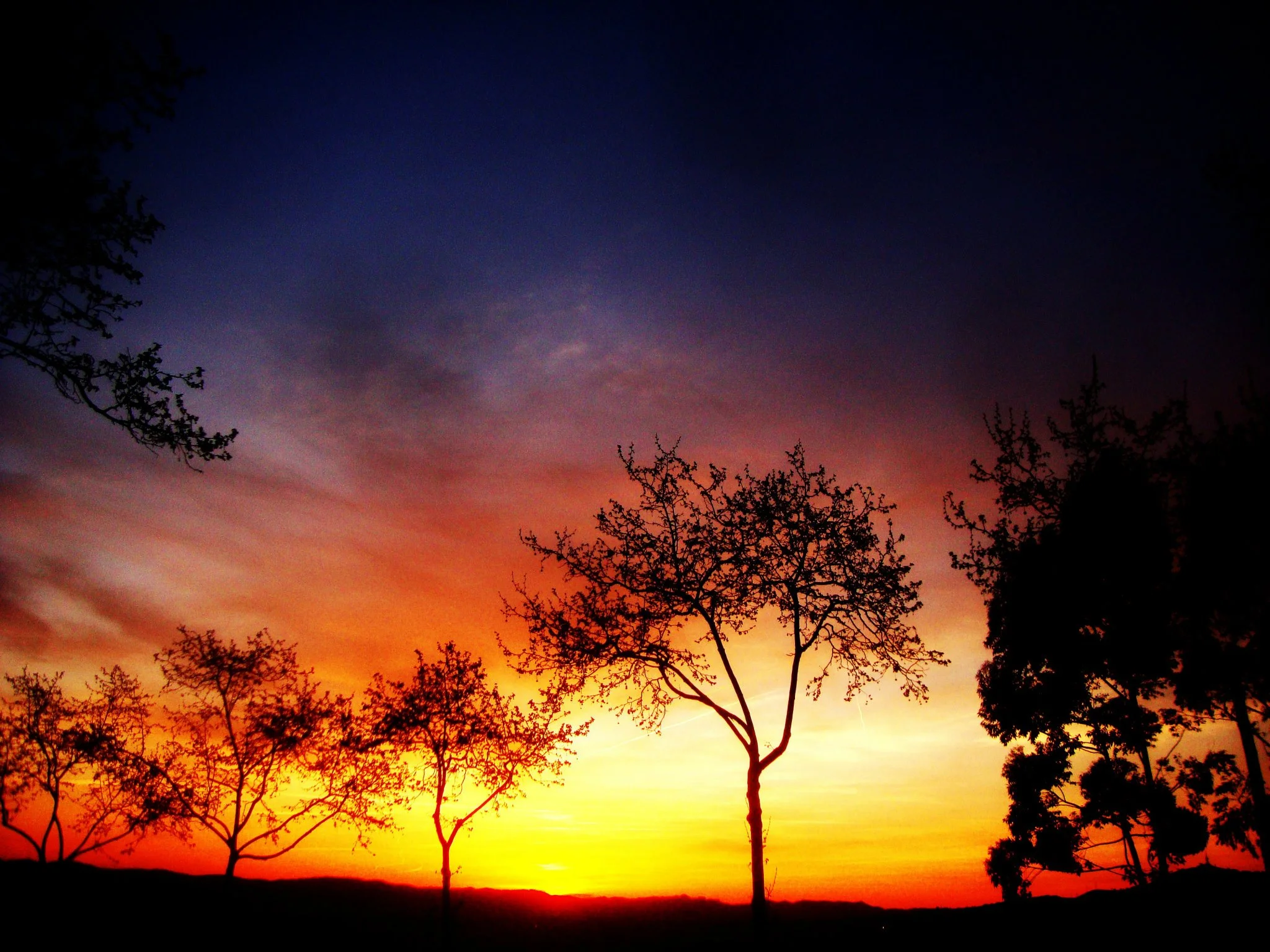Dr Robin George Andrews
Multi-Award-Winning Science Journalist - Author - Volcanologist - Photographer - Public Speaker - Mischief Maker - Time Lord
The top of the world's most beautiful stratovolcano, Mount Fuji
Hello! I'm the doctor. No, not that one.
Robin is perpetually curious and often ridiculous. He’s a doctor of experimental volcanology (blew stuff up for science) an award-winning, full-time, freelance science journalist (rearranges letters for money), an author (he’s written a best-selling popsci book on terrestrial and extraterrestrial volcanoes, and he’s writing another non-fiction book right now on how to save the world from asteroid strikes), a part-time award-winning photographer (takes photographs that aren’t awful), a scientific consultant (tells people how to do science right), an occasional lecturer (rearranges letters and says them aloud for money), a public speaker (rearranges letters and says them aloud, sometimes for free), and a frequent explain-how-volcanoes-work TV guest (gesticulates wildly on live television). His work has appeared in The New York Times, The Atlantic, National Geographic, Scientific American, Quanta Magazine, The Washington Post, Vox, Nature, Science Magazine, Earther, Gizmodo, Forbes, The Verge, New Scientist, Supercluster, Discover Magazine, Popular Science, Popular Mechanics, WIRED, CNN, the Guardian, the Observer, The Times, The Daily Beast, and elsewhere. He also has a column over at Atlas Obscura—Good News from Planet Earth—which tells tales that make your day just that little bit brighter.
He’s enjoyed all his assignments, but he’s especially pleased that three of his stories made the front page of The New York Times – with two of these and one other making the cover of the Science Times section – and that his very first story for The Washington Post went straight to the front page. Another tale was made Scientific American’s cover story and another made the cover of New Scientist. Although all that might pale in comparison to his National Geographic story on an unsolved “murder” mystery—because that one went viral and got turned into TikToks, which was adorable. Oh, and two of his pieces – this one and this one – were listed as notable essays in the 2021 and 2022 editions of the Best American Science and Nature Writing, which was lovely. He’s also appeared multiple times on Science Shortform’s best science journalism roundups, both as Honorable Mentions and Top Picks. And an article he wrote for The Atlantic, one that explored the psychological dilemma experienced by scientists watching a spectacular but dangerous eruption, was immortalized in academia when his term for this phenomenon—the “volcanologist’s paradox”—was quoted and repeatedly cited in a 2022 Nature paper.
He’s also the author of the critically acclaimed and best-selling popular science book SUPER VOLCANOES: WHAT THEY REVEAL ABOUT EARTH AND THE WORLDS BEYOND — and it’s about (you guessed it) volcanoes. Many see volcanoes as little more than unpredictable magmatic killers. But for the most part, they are fantastical masterworks of molten rock capable of near-magical acts. And as they put on a pyrotechnical performance, they reveal secrets about the planets to which they belong. In other words, volcanoes aren’t frightening; they’re breathtaking, bizarre, and bonkers. They are citadels built by frozen lava that provide revelation after revelation about the Stygian depths and the strange surfaces of worlds near and far, including the only home we’ve ever known. (To his great relief, everyone seemed to really enjoy the book; one review, in the Wall Street Journal, described Robin’s writing style as “quasimagical”, which he was thrilled about.)
He’s now working on his second book! It’s not a surprise that the box office over the last few years has been dominated by escapist superhero fantasy flicks. Everybody loves a good story about saving the world. HOW TO KILL AN ASTEROID just happens to be the tale of how scientists are preparing to do it for real.
You can also sometimes see his goofy face appear on TV, including on BBC News, Sky News, Al Jazeera, and Good Morning America. If faces aren’t your thing, you can hear his exceedingly British accent on the Guardian’s podcasts, and on Vox’s immaculately made Unexplainable podcast talking about planets and planetary defense.
He is also the 2022 recipient of the European Geosciences Union's Angela Croome Award for continued, excellent and successful reporting of Earth, space & planetary science topics—something he received the day after his first book was published in the US, making those 48 hours pretty damn exciting. Later that year, he was made the 2022 recipient of the American Geophysical Union’s David Perlman Award for Excellence in Science Writing — News, specifically for this National Geographic article about the Dyatlov Pass incident, easily the strangest story he’s ever reported.
Find him here, sometimes on this, and elsewhere. If you happen to be in London, he'd much prefer to meet at the Mayor of Scaredy Cat Town. Yes, he's always available to cameo in Star Wars and Doctor Who.
Direct all mail - hate or otherwise - here. You can also find me on Twitter.









































































































































































































































































































